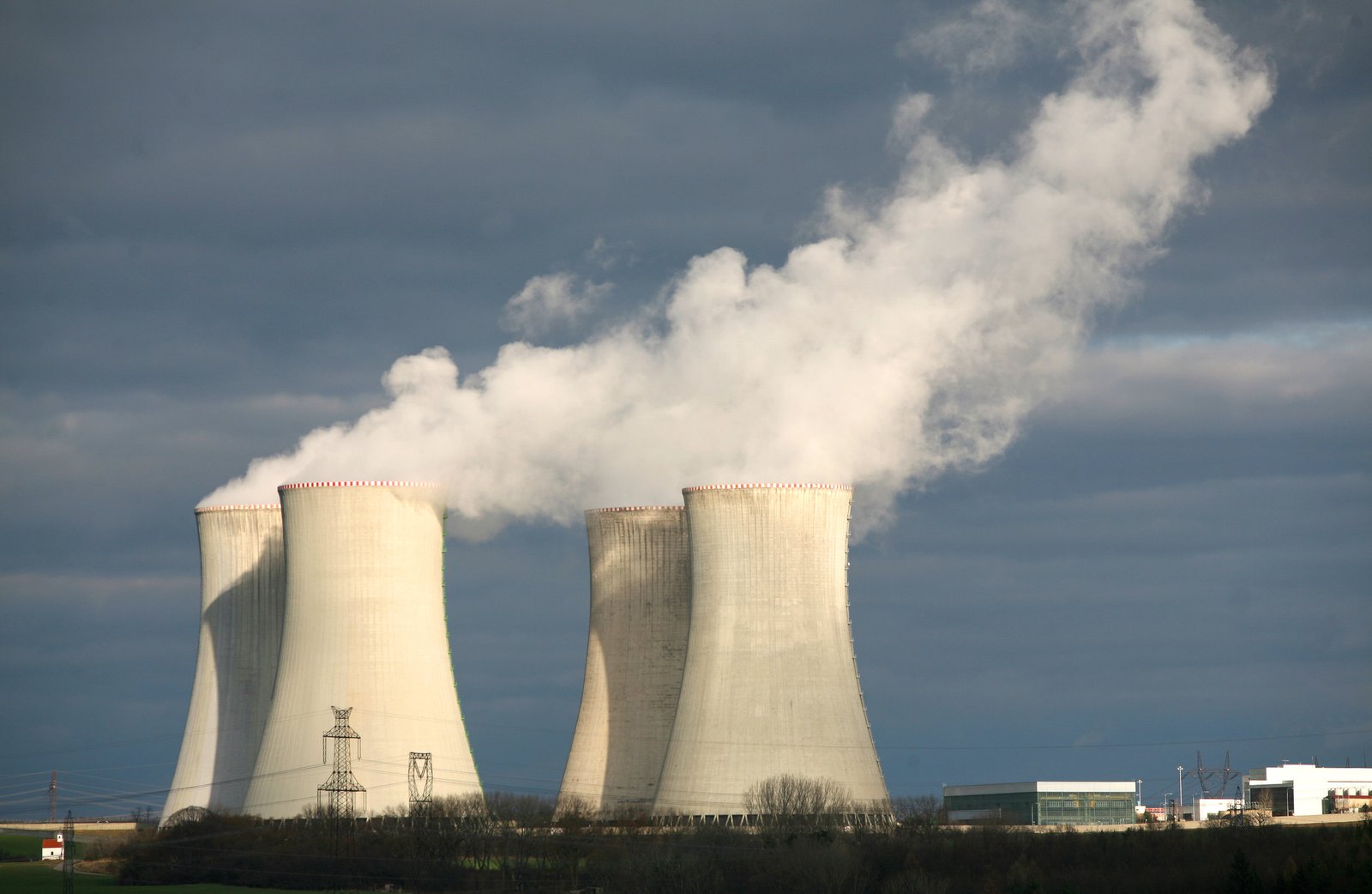California, often hailed as the Golden State, offers stunning landscapes, diverse cultures, and abundant opportunities. However, the reality of living in California comes with significant downsides that make many reconsider their decision to reside there. Below, we explore the primary reasons why living in California may not be worth it, providing a detailed analysis of the challenges and drawbacks.
Exorbitant Cost of Living

California is notorious for its high cost of living, which significantly surpasses the national average. The median home value in California is $786,180 as of 2024, with monthly payments for a mid-tier home averaging $5,500.
This stark contrast to the national median home price of $420,800 illustrates the financial burden of residing in the state. High costs extend beyond housing to groceries, utilities, and transportation, making everyday expenses a constant concern.
High Taxes

California has one of the highest tax rates in the nation. The state imposes the highest state sales tax in the nation at 7.25%. Additionally, the average local sales tax is 1.57%, bringing the total combined rate to 8.82%. It also has the highest individual income tax rates in the country, ranging from 1% to 13.30% depending on income level. This heavy tax burden can significantly impact your disposable income, making it difficult to save and invest for the future.
Traffic Congestion

California’s major cities are infamous for their traffic congestion. Los Angeles, in particular, has some of the worst traffic in the United States. Long commutes and gridlock are common, especially during rush hours. The average commuter in Los Angeles spends 95 hours per year stuck in traffic, leading to lost productivity and increased stress.
Natural Disasters

California is prone to a variety of natural disasters, including earthquakes, wildfires, and mudslides. The state’s dry climate and frequent droughts exacerbate the risk of wildfires, which have become more frequent and severe in recent years. Earthquakes, due to the state’s location along the San Andreas Fault, pose a constant threat to safety and property.
These natural disasters can lead to costly damage and pose significant risks to residents’ lives.
Drought and Water Shortages

California frequently experiences drought conditions, leading to water shortages and restrictions. The state’s agriculture industry, which consumes a significant portion of the water supply, exacerbates the problem.
Residents often face mandatory water conservation measures, affecting daily life and increasing utility bills.
High Unemployment Rates

Despite being a hub for innovation and technology, California has faced high unemployment rates, particularly during economic downturns. In fact, in 2021, California had the highest unemployment rate in the US. The competitive job market, combined with high living costs, can make it challenging for residents to secure stable employment. California’s unemployment rate was consistently higher than the national average in recent years.
Poor Air Quality

California’s air quality is among the worst in the nation, primarily due to vehicle emissions, industrial pollution, and wildfires. Cities like Los Angeles and Bakersfield frequently rank high in pollution levels. Poor air quality can lead to various health issues, including respiratory problems and cardiovascular diseases.
Homelessness Crisis

California has the highest rate of unsheltered people, standing at 68%, according to a 2023 report. The state struggles with a significant homeless population, particularly in cities like Los Angeles and San Francisco. High housing costs, economic inequality, and inadequate social services contribute to this persistent issue, impacting the quality of life for all residents.
Inadequate Public Transportation

While California is known for its extensive highway system, its public transportation infrastructure is lacking, especially outside major urban areas. Cities like Los Angeles and San Diego have limited and often inefficient public transit options, making car ownership a necessity. This reliance on personal vehicles further contributes to traffic congestion and environmental pollution.
Declining Public Education System

California’s public education system faces numerous challenges, including overcrowded classrooms, underfunded schools, and low teacher salaries. In a recent ranking, California public schools placed 40th in the nation for public school quality. Parents often resort to private schools, adding to the financial strain of living in the state.
High Cost of Childcare

Childcare costs in California are among the highest in the country, putting additional financial pressure on families. The average annual cost for infant care in California is over $16,000. High childcare expenses can make it challenging for parents to balance work and family life.
Competitive Job Market

The job market in California is highly competitive, particularly in industries like technology, entertainment, and finance. While there are many opportunities, the intense competition can make it difficult for job seekers to secure positions, especially those new to the state or without extensive networks.
Strict Regulations and Business Costs

California is known for its stringent regulations and high business costs, which can be a deterrent for entrepreneurs and businesses. The state’s complex tax codes, labor laws, and environmental regulations can increase operating costs and administrative burdens, making it challenging to start and sustain a business.
Risk of Wildfires

Wildfires are a growing concern in California, with the state experiencing some of the most destructive fires in recent history. These fires not only threaten lives and properties but also contribute to air pollution and long-term health problems. The financial and emotional toll of wildfires can be devastating for residents.
Overcrowded Cities

California’s most desirable cities, such as San Francisco, Los Angeles, and San Diego, are overcrowded, leading to high population density and strain on infrastructure. In fact, Los Angeles has become the most overcrowded place in the US.
Overcrowding can result in increased competition for housing, jobs, and public services, affecting the overall quality of life.
The Summer Heat

Inland areas of California experience extremely high temperatures during the summer months. The intense heat can make outdoor activities uncomfortable and increase energy costs due to the need for air conditioning.


